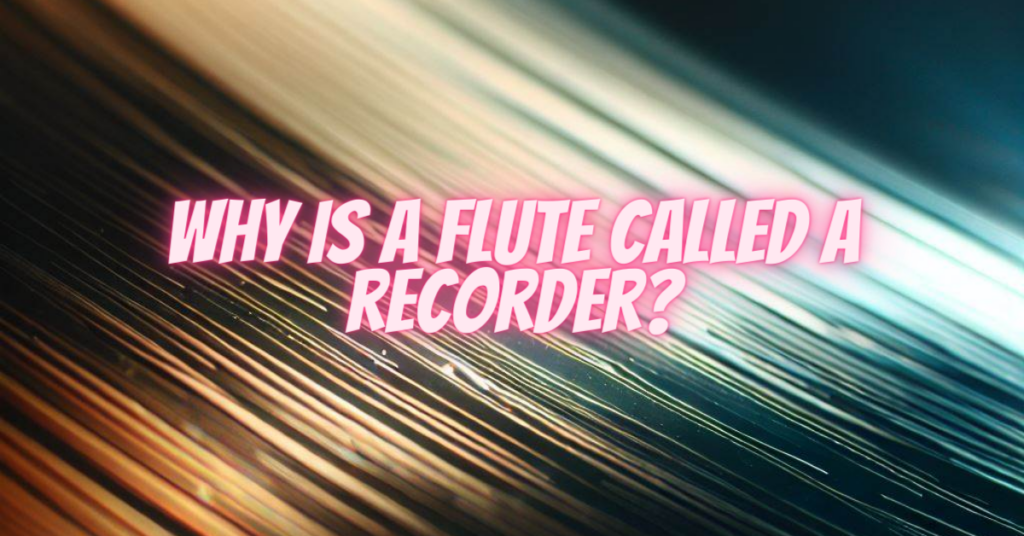In the realm of musical instruments, the terms “flute” and “recorder” are often used interchangeably, leading to confusion among enthusiasts and novices alike. However, these instruments are not the same, even though they share some similarities in their appearance and sound. In this article, we explore the historical origins of the term “recorder” and its connection to the flute, shedding light on the unique characteristics that set these instruments apart.
1. Historical Roots:
The confusion between the flute and the recorder can be traced back to their shared history. The recorder, a woodwind instrument dating back to the Middle Ages, was historically known as the “flute.” During the Renaissance and Baroque periods, the term “flute” was used to refer to various wind instruments, including the recorder and the transverse flute. The recorder, characterized by its distinct sound and fingerings, became a prominent instrument in the Baroque era, played by composers like Johann Sebastian Bach and George Frideric Handel.
2. The Rise of the Transverse Flute:
As musical innovations and instrument-making techniques evolved, a new type of flute emerged in the 18th century: the transverse flute. Unlike the recorder, the transverse flute was played horizontally, with the musician blowing across a hole on the side of the instrument. This design allowed for a more extensive range and different tonal qualities compared to the recorder. The transverse flute gained popularity and gradually became the modern flute we know today.
3. The Distinction Between Recorder and Flute:
To avoid confusion between the two instruments, the term “flute” became exclusively associated with the transverse flute, while the term “recorder” was retained for the historical, vertically-played instrument. The recorder, with its fingerings and distinct sound, continued to be used in early music ensembles and educational settings, preserving its unique identity.
4. Recorder: A Renaissance Revival:
In recent decades, there has been a revival of interest in historical instruments, including the recorder. Musicians and enthusiasts exploring early music have embraced the recorder for its rich, mellow tones and its ability to recreate the music of the Baroque and Renaissance periods authentically. Today, the recorder is appreciated for its historical significance and the unique sound it brings to various musical genres.
Conclusion
While the confusion between the flute and the recorder persists due to their shared history, the distinct characteristics of these instruments set them apart. The flute, as we know it today, refers exclusively to the transverse flute, while the recorder is a vertically played woodwind instrument with a rich historical legacy. Both instruments continue to captivate audiences, reminding us of the diverse and fascinating world of musical exploration, where tradition and innovation coexist harmoniously.


